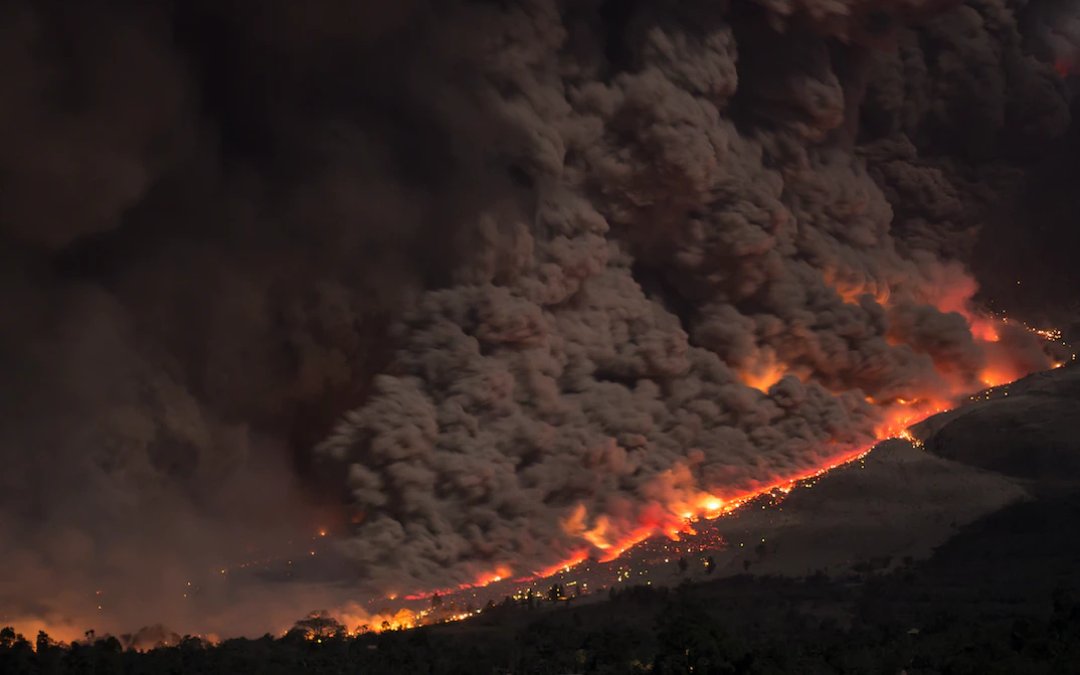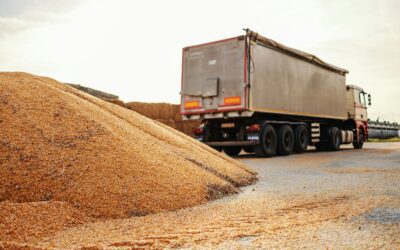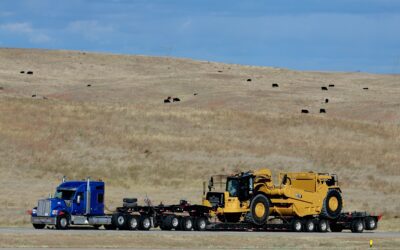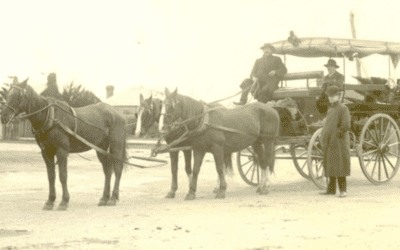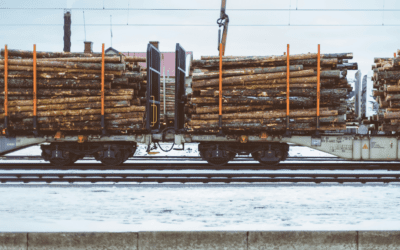In recent years, wildfires have been spreading across countries, causing extensive damage to communities and resulting in harmful environmental impacts. Additionally, logistics has been severely affected, with 75% of the global supply chain being altered by wildfires and El Niño phenomena. The wildfires in Canada have caused significant financial losses due to damage to insured properties, a decline in tourism, and the evacuation of over 120,000 residents as 27.7 million acres of land continue to burn. These disruptions have highlighted the urgent need for comprehensive wildfire management strategies and proactive measures to mitigate their far-reaching consequences on both communities and global trade.
Article Overview
Various factors cause wildfires, including hot and dry weather, high winds, and fuel. In extreme conditions, if people don’t put out wildfires quickly or if they continue to escalate, they can cause significant damage to the environment, infrastructures, businesses, and people.
“Wildfires sometimes occur naturally, ignited by the sun’s heat or a lightning strike. However, most wildfires are caused by human activities, including unattended campfires, discarded cigarettes, arson, and more,” said Andrew Moore of NC State University in his How Wildfires Start and Spread.
After wildfires occur, their effects can spread to different areas, causing problems for transporting goods between countries and affecting the things that are being traded. In this blog, we will talk about how wildfires can impact supply chains and what businesses can do to get ready for wildfires, and any disruptions they may cause in their supply chains.
History of Wildfires
Wildfires have been around for a very long time, and in the past, they were helpful for nature because they cleared away dead plants and allowed new ones to grow. But nowadays, wildfires are happening more often and causing a lot of damage.
Here’s a ranking of the worst wildfires throughout U.S. history:
- The 2020 California Wildfires | 4.4 Million Acres
- 2011 Texas Wildfire | 4 million acres
- The Great Fire of 1910 | 3 million acres
- The Great Michigan Fire of 1871 | 2.5 million acres
- The Great Fire of 1898 | 2.5 million acres
Recent Wildfires in Canada
The Canadian wildfires in British Columbia have burned almost 15 million acres, and many say it’s not the last of the fires. The fires have also caused significant damage to wildlife habitat and the environment in Alberta, Saskatchewan, and Yellowknife.
The wildfires in Canada have caused big problems for supply chains. They’ve made it hard to move things around because they’ve disrupted roads and railways. Important highways and routes that trucks use have been closed due to the fires. This has also led to damage to buildings and goods that were stored.

Air, Land, and Sea Disruptions
When natural disasters happen, they can cause big problems for the supply chain, like damaging roads, railways, and air freight. This makes it really hard to move things from one place to another. In 2018, the California Camp Fire destroyed a vital rail line. This affected the flow of goods between the West Coast and the rest of the country.
- Interruption of Production
When wildfires damage rails, roads, and air freight, this can disrupt the production of goods and force businesses to close.
- Shortages of raw materials
Wildfires can destroy crops, forests, and other sources of raw materials, creating inefficiencies within businesses and leading to material shortages.
- Transportation Costs Skyrocket
In 2018, Carr Fire in California forced businesses to use air freight to transport goods rather than ground transportation, which can be more expensive in the long haul.
Cross-border Impacts
Wildfires undoubtedly pose challenges for businesses throughout the remainder of the wildfire season, making it difficult to import and export products. Officials say that recent fires from Canada have continued to impact critical infrastructure in Quebec, with roads and telecommunication interruptions, and the growing fires threatening power lines.
Commodities Threatened
Extreme wildfires can threaten commodities in the supply chain. The consequences of these wildfires can affect industries that rely on commodities like energy, water, livestock, and agriculture.
- Fire on the Farm
For food and agriculture, wildfires can damage crops, livestock, and agricultural infrastructure due to smoke and droughts. Such wildfires can directly impact production on food distribution and yield all operations, leading to a shortage of food and agricultural products.
Previous wildfires had a significant impact on agriculture production, but wildfire management techniques like controlled burns helped stop fires as soon as they started. Technology advancements with management approaches like suppression and controlled burns can also rectify wildfires quickly.
- Energy Powering Transportation
Globally, supply chains rely heavily on energy infrastructure, such as raw materials, equipment, and services that support the energy industry. Wildfires can cause power outages and impact the transportation of oil, natural gas, and coal.
Similarly, wildfires disrupt road closures, pipeline damage, railroad delays, and airport closures and can lead to delays in deliveries and shortages. In 2018, wildfires in California closed several major highways, disrupting natural gas, coal, and uranium distribution.
- Water infrastructure
In 2017, British Columbia wildfires disrupted the transportation of concrete and steel used in water infrastructure. Wildfires caused delays in construction and transportation, particularly affecting the Coquitlam Water Treatment Plant, which supplies drinking water to 400,000 people.
Wildfires can disrupt the transportation of commodities used in water infrastructure, such as steel, concrete, and plastic. Supply chains can reduce wildfire impact by building resilient infrastructure and stockpiling essential water-related commodities.
Supply Chain Materials
Wildfire impacts may raise prices or reduce production due to material shortages, affecting consumers and product availability.
- Wood products
Wildfires destroy trees and other vegetation, and as 2020 demonstrated, wildfires present a severe threat to those who depend on wood. The market can struggle with inventory levels, and prices can spike due to lumber companies scaling back operations because of wildfires.
- Preparing for Wildfires
Proactive planning and communication are essential to effectively dealing with wildfires in a supply chain. Ensuring that strategies and plans are in place when natural disasters happen can mitigate any disruptions that may occur when the time comes.
Communication with shippers is vital, informing them of reroutes and alternative routes streamlines operations and reduces disruptions.
KCH Transportation Has Your Back
At KCH Transportation, we are constantly developing plans for disruptions that may occur in any season. We facilitate and implement solutions for delays from natural disasters.
By building relationships and communicating effectively, we mitigate risks that may result in inefficiencies within our supply chain. Our solutions solve rerouting and rolling load issues and ultimately deliver success for our customers.
Want to see it to believe it? Check out our recent video about Canadian Wildfires.

